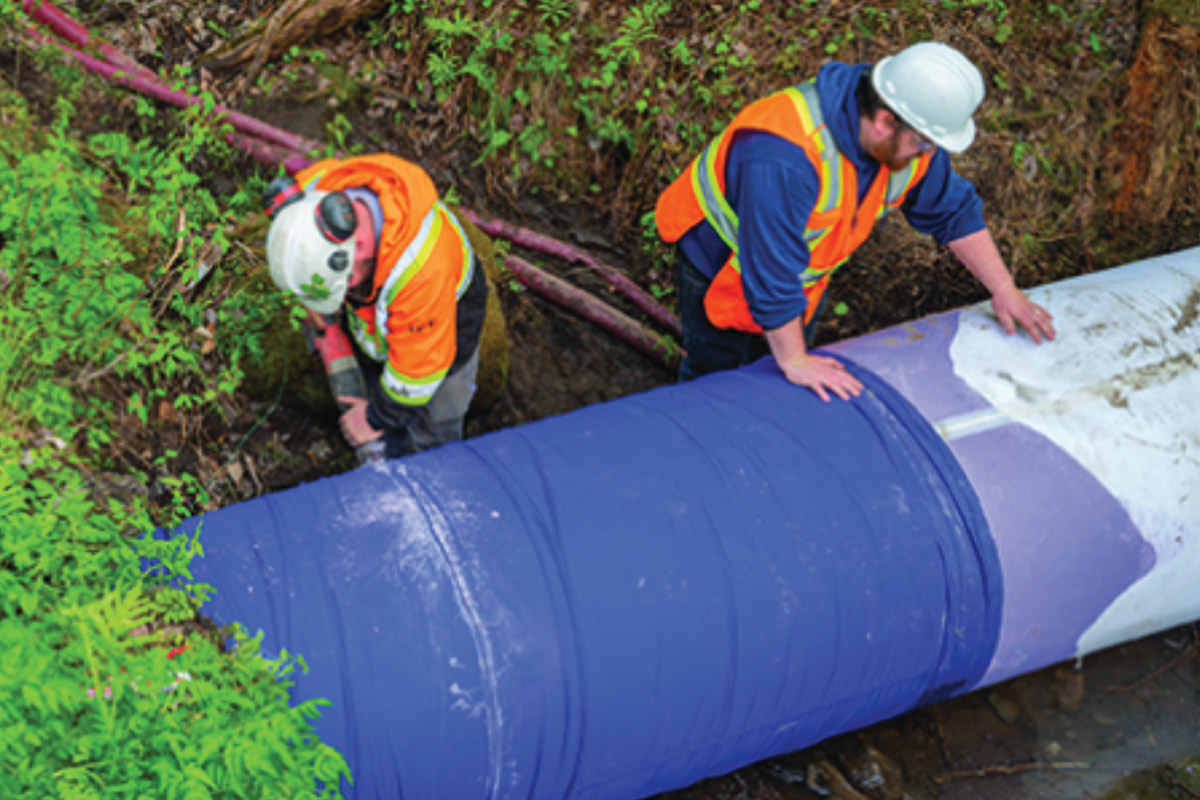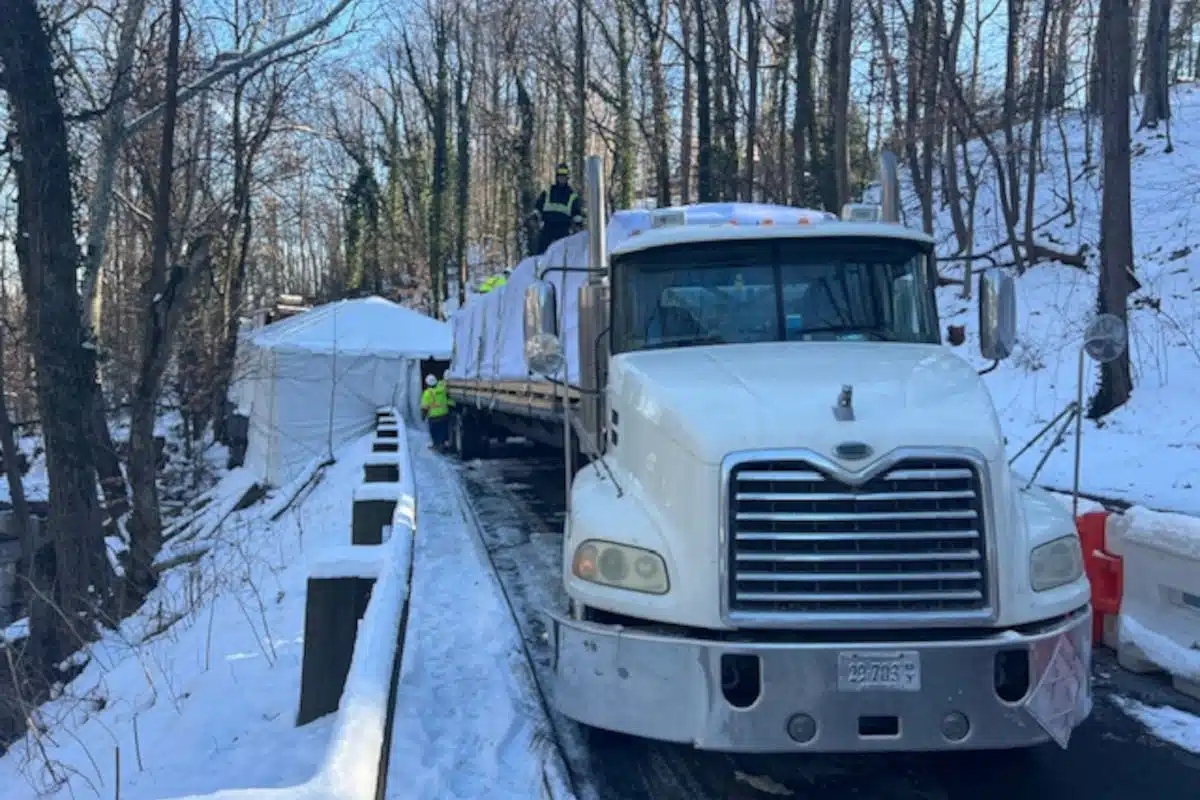
Last Word – What’s Ahead for Trenchless Rehab in 2024?

Aging infrastructure continues to be a driving market force for the trenchless industry.
The 2021 Report Card for America’s Infrastructure indicated that the annual water infrastructure capital investment gap was $81 billion. There is an estimated 1.3 million miles of sanitary sewer, 3.5 miles of storm sewer and 2.2 million miles of drinking water pipelines in American alone. A significant portion of these pipelines are not mapped and/or have not been inspected and their condition is presumed based on their age compared to expected life of the pipeline material, many of which are nearing the end of their useful life.
It is estimated that there is a water main break every two minutes and approximately 6 billion gallons of treated drinking water lost every day. Leaking sewer systems result in treating groundwater and reducing the capacity of the sewer system. Extreme weather events are further stressing stormwater drainage systems already at or nearing their limits.
Since the 2021 Report Card, the water sector has continued to work diligently to close gap and increase future resilience. The industry is seeing rapid growth in technological and market development of the inspection, condition assessment, asset management and trenchless rehabilitation sectors to meet these needs.
New advancements in artificial intelligence (AI) and machine learning (ML) for aging underground infrastructure are proving to be effective tools to improve efficiency while maintaining quality. Manual sewer defect coding consumes a disproportionately large amount of time and cost, and often produces biased or inconsistent data. AI-powered sewer defect coding providers, such as Jacobs’ Dragonfly, significantly reduce the man-power required to process data, freeing up resources to focus on other aspects of operation and maintenance or renewal. Asset management AI/ML, such as Jacobs’ Argon, can then leverage the sewer defect data, taking into account unique counts, types and locations and weigh them through a series of logical decisions engineers make to produce recommendations to watch, clean, rehabilitate or replace, and on the suggested timeline for each action.
Several clients in the North America are embracing these AI/ ML models to address their concerns with data reliability and labor shortages.
AI/ML solutions are proving to significantly reduce the level of effort and cost barriers for utilities to accurately detect and classify pipeline defects, which will help optimize pipeline rehabilitation and replacements programs and ultimately help utilities to achieve improved service levels for their customers around the world. These tools are transforming the water sector, which is lagging in addressing aging pipeline infrastructure needs, from reactive to proactive.
These proactive approaches are including an ever-growing market for pipeline renewal and rehabilitation. As the market advances, larger and more challenging projects and programmatic approaches become feasible.
In 2023, we have seen an increase in collaborative delivery models in our portfolio of heavy-civil trenchless rehabilitation work. This follows an overall water infrastructure market trend towards these contracting methods and has been an important tool for municipalities to complete their capital improvement plan.
Large water/sewer conveyance providers, particularly in the Western United States, have turned to collaborative delivery in order to better manage the risks and meet their program schedules. For trenchless rehabilitation projects in particular, collaborative delivery methods like CMGC/GCCM/CMAR and PDB can be effective for large diameter pipeline work where a large component of project success is the engineering and planning around the very specific technologies and construction methods that are unique to contractors in the industry. On particularly challenging projects, working collaboratively allows the team to explore opportunities to apply existing technologies to new applications, expand the range of existing technology, or use multiple technologies within a single project where they each are best fit.
One other reason owners are trending toward collaborative delivery methods is that they maintain control and input over the design. This provides cities with more flexibility to incorporate social procurement objectives and funding into their contracting process and advance their efforts for diversity, equity, and inclusion.
As the success of technology advancements, such as AI/ML, and the Progressive Design-Build approach grow, and the successes and lessons learned are shared at industry events and conferences, we will start to see more utilities turning to these tools and delivery method to work through their back log of pipeline inspections, condition assessments and renewals.
Marya Jetten, P.Eng, is global technology lead, project manager at Jacobs.




